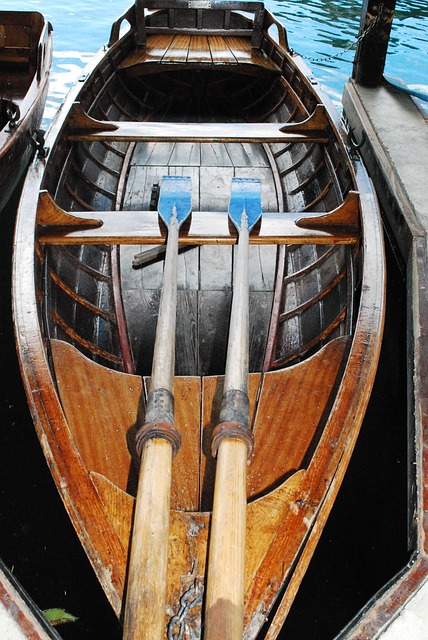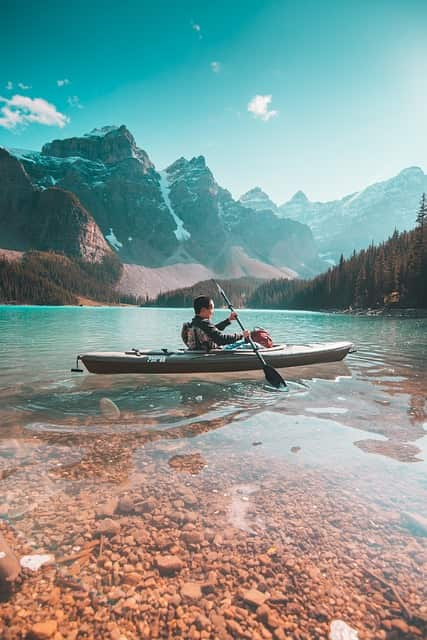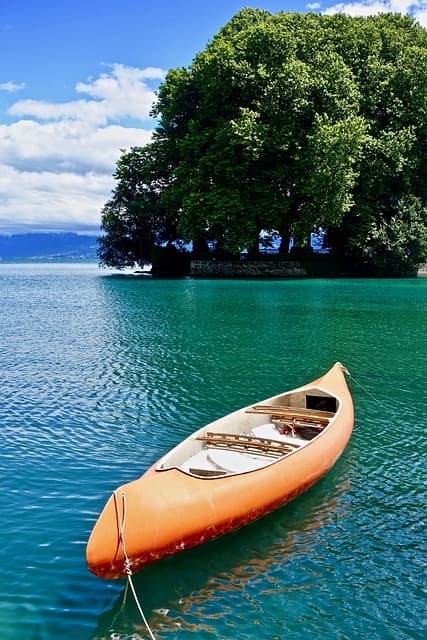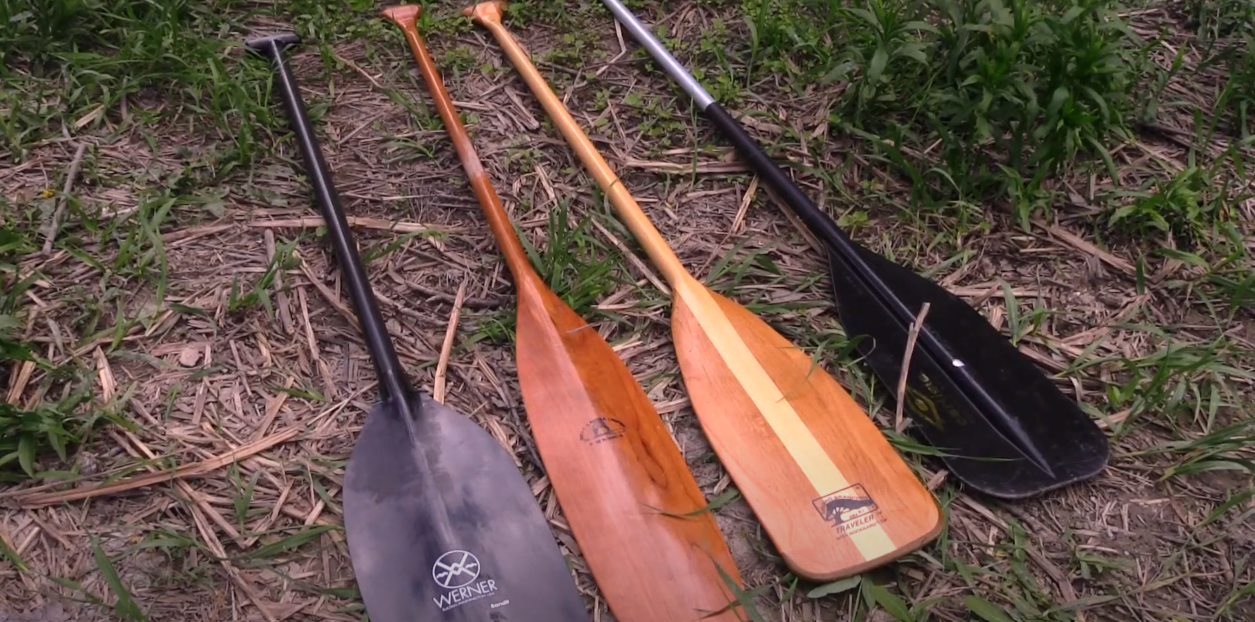Delving into the realm of waterborne activities, canoeing emerges as a timeless pursuit that continues to enrapture avid nature enthusiasts. At the core of this engaging venture resides the canoe paddle – an unassuming yet intricate instrument that stands as the aquatic vessel’s propellant. To genuinely fathom the fusion of artistry and scientific principles underpinning the practice of canoeing, it becomes imperative to unravel the myriad components constituting a canoe paddle and decipher their contributions to its operational finesse and efficacy.
Within this discourse, we embark on an immersive exploration into the very anatomy of a canoe paddle, delving into its pivotal constituents and illuminating the subtle intricacies of its design. Regardless of whether you are a veteran paddler well-accustomed to the rhythmic strokes or a neophyte venturing into the aqueous realm of canoeing for the first time, the intent of this exposition is to impart invaluable perspectives regarding the architecture and functionality of the paddle.
Key Components of a Canoe Paddle
A canoe paddle may seem like a straightforward tool, but its construction involves several critical components that play a role in its overall performance and durability. These components can be divided into three main sections: the blade, the shaft, and the grip.
1. Blade: The Propulsive Force
The blade is the business end of the canoe paddle. It’s the part that enters the water and generates the propulsive force needed to move the canoe forward. Blades come in various shapes and sizes, each designed to cater to different paddling styles and water conditions. The two primary types of blade shapes are:
- Symmetrical Blade: This type of blade is uniform on both sides, presenting a balanced design that is ideal for general-purpose paddling. It offers versatility and ease of use for beginners and recreational paddlers;
- Asymmetrical Blade: As the name suggests, this blade type has one side that is slightly curved or contoured. This design reduces resistance when the blade enters the water and offers better efficiency, making it popular among experienced paddlers and those looking for enhanced performance.
The blade’s construction material greatly influences its weight, durability, and responsiveness. Common materials include wood, plastic, fiberglass, and carbon fiber. Each material has its benefits and drawbacks, impacting factors such as price, weight, and overall paddle performance.
2. Shaft: Connecting Power and Control
The shaft of a canoe paddle serves as the bridge between the paddler’s hands and the blade. It plays a crucial role in providing both power and control during paddling strokes. The shaft’s characteristics, such as length, shape, and material, significantly influence the paddler’s comfort and efficiency.
- Shaft Length: Paddle shafts come in various lengths to accommodate different paddling styles and canoe widths. A longer shaft provides more leverage for powerful strokes, while a shorter shaft offers quicker and more controlled maneuvers. For a better understanding of shaft length, check out this video;
- Shaft Shape: The shape of the shaft can be straight or bent. A bent shaft offers a more ergonomic grip, reducing strain on the wrist and allowing for a more natural paddle angle. Straight shafts are traditional and versatile, suitable for a wide range of paddlers;
- Shaft Material: The material of the shaft affects the paddle’s weight and durability. Common materials include wood, aluminum, fiberglass, and carbon fiber. Wood shafts are traditional and offer a warm feel, while modern materials like carbon fiber are lightweight and incredibly strong.
3. Grip: Comfort and Control
The grip, also known as the handle or grip area, is where the paddler’s hands make direct contact with the paddle. It influences comfort, control, and maneuverability. The grip can have various shapes and designs, catering to different paddler preferences and techniques.
- Palm Grip: This type of grip features a contour that fits naturally into the palm of the hand. It provides comfort and control, making it suitable for long-distance paddling;
- T-Grip: The T-shaped grip is characterized by its extended top section, allowing the paddler to hold the paddle in a way that resembles holding the horns of a steer. This grip is often preferred by whitewater paddlers for its secure hold during quick and dynamic strokes.
Canoe Paddle Design Considerations
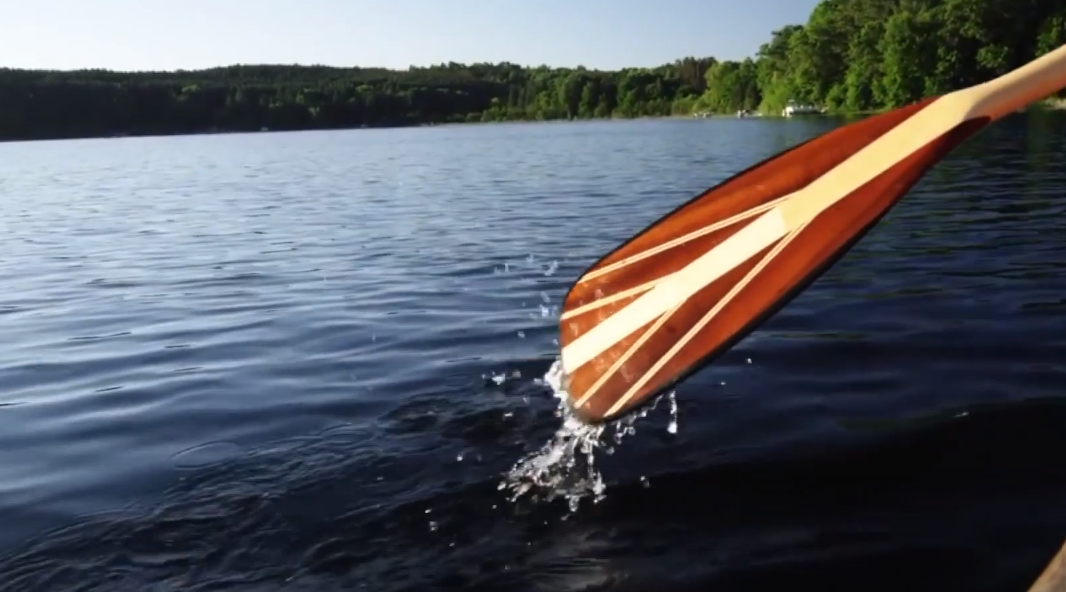
The intricate fusion of form and function in paddle design epitomizes the marriage between human ingenuity and nature’s vast playground. Whether you’re a casual explorer, a dedicated enthusiast, or a competitive racer, the canoe paddle’s design is a symphony of considerations that harmonize performance, comfort, and aesthetics.
Paddle Weight
Imagine gliding along a glassy lake, each stroke propelling you with grace and ease. Paddle weight, an often underestimated factor, plays a pivotal role in this seamless experience. Like a ballet dancer’s pointe shoes, the paddle’s weight determines the level of fatigue a paddler might experience during extended excursions.
- Lightness Ascending: Lighter paddles bring a symphony of benefits to the paddling orchestra. Reduced fatigue allows paddlers to stay on the water for longer durations, weaving a tapestry of memories that only still waters can offer. The use of advanced materials, such as carbon fiber and composite blends, elevates paddle weight reduction to an art form;
- Cost: However, this artistry isn’t without its costs. The intricate craftsmanship required for these materials results in a higher price point, transforming each stroke into an investment, not just an expenditure.
Blade Surface Area
The blade’s surface area resembles the sail of a boat, dictating the interaction between paddle and water. Each paddle stroke becomes a dance of power and endurance, a ballet between the paddler’s strength and the blade’s response.
- Grandiose vs. Subtle: Like the choreographer’s decision between grand gestures and nuanced moves, paddle manufacturers contemplate blade size. A larger blade surface generates formidable power, propelling the canoe with majestic might. Yet, the pendulum swings both ways – over long distances, this grandeur can become tiring, like a dancer’s fatigue after a virtuoso performance. Smaller blades offer quicker, more controlled strokes, a rhythmic cadence that is a dance in itself.
Flexibility
Amidst the ebb and flow of waves and currents, the paddle’s flexibility becomes a symphony of resilience, harmonizing with the water’s temperamental melodies.
- Resilient Echoes: Some paddles are crafted with a whisper of flexibility, a resonance that absorbs the shock of every stroke. This subtle choreography mitigates the strain on the paddler’s body, orchestrating a performance of comfort and longevity;
- Paddler’s Serenade: The paddler’s body moves to the rhythm of this symphony, as the paddle flexes in response to the water’s embrace, creating an unparalleled connection between human and nature.
Paddle Length
In the realm of paddle design, proportions matter – an elegance born from the harmonious interplay between the paddle’s length and the paddler’s unique characteristics.
- Length’s Overture: Determining the right paddle length is akin to a conductor’s meticulous attention to overture. Factors like the paddler’s height, canoe width, and paddling style blend to create a harmonious composition. The result? Efficient strokes that propel the canoe with graceful precision, minimizing the strains of an out-of-tune performance.
Conclusion
The canoe paddle may appear to be a simple tool, but its design intricacies significantly impact the paddling experience. Understanding the components – blade, shaft, and grip – and their interactions can help you make informed decisions when selecting a paddle that suits your paddling style and preferences. Whether you’re embarking on a leisurely river journey or navigating challenging whitewater, the right paddle can enhance your control, power, and overall enjoyment on the water.
To enhance your comprehension of the various components and considerations of a canoe paddle, we recommend watching this informative video:
Visual demonstrations can provide a clearer picture of how different paddle parts come together and function in real-life paddling scenarios.
FAQ
While some paddles are versatile enough for different conditions, specialized paddles cater to specific styles like recreational, touring, and whitewater paddling. It’s advisable to choose a paddle that suits your intended use for optimal performance.
The best way to determine grip comfort is by physically holding and trying different paddles. Grip preferences vary among individuals, so experimenting with various grip shapes and sizes is essential.
Carbon fiber paddles are lightweight and offer excellent performance, making them a popular choice among serious paddlers. However, they come at a higher cost compared to other materials. Consider your paddling frequency and budget before making a decision.
Some paddles come with adjustable shafts that allow you to change the paddle’s length. This feature can be useful for sharing a paddle among paddlers of different heights or adjusting for various canoe widths.
